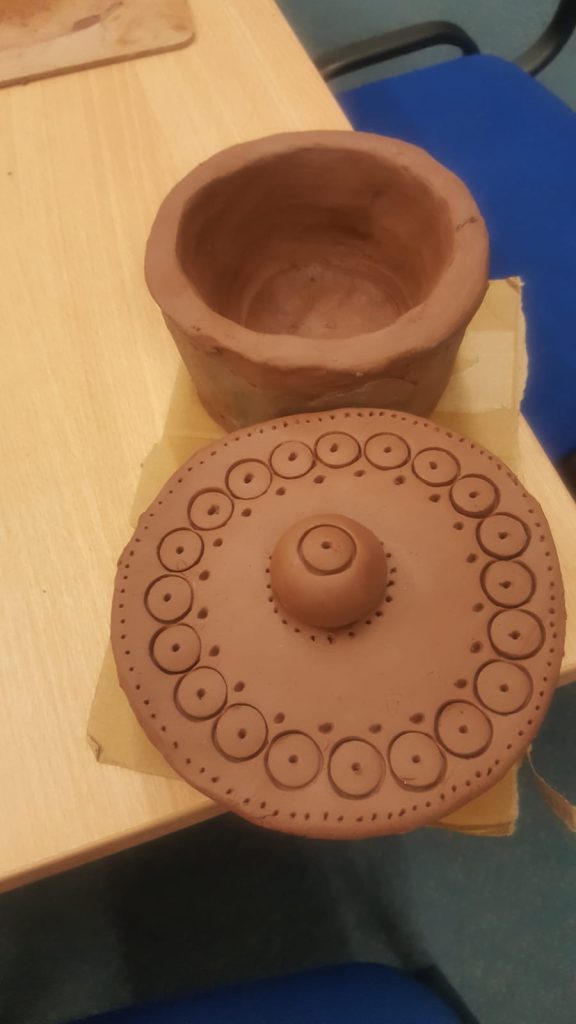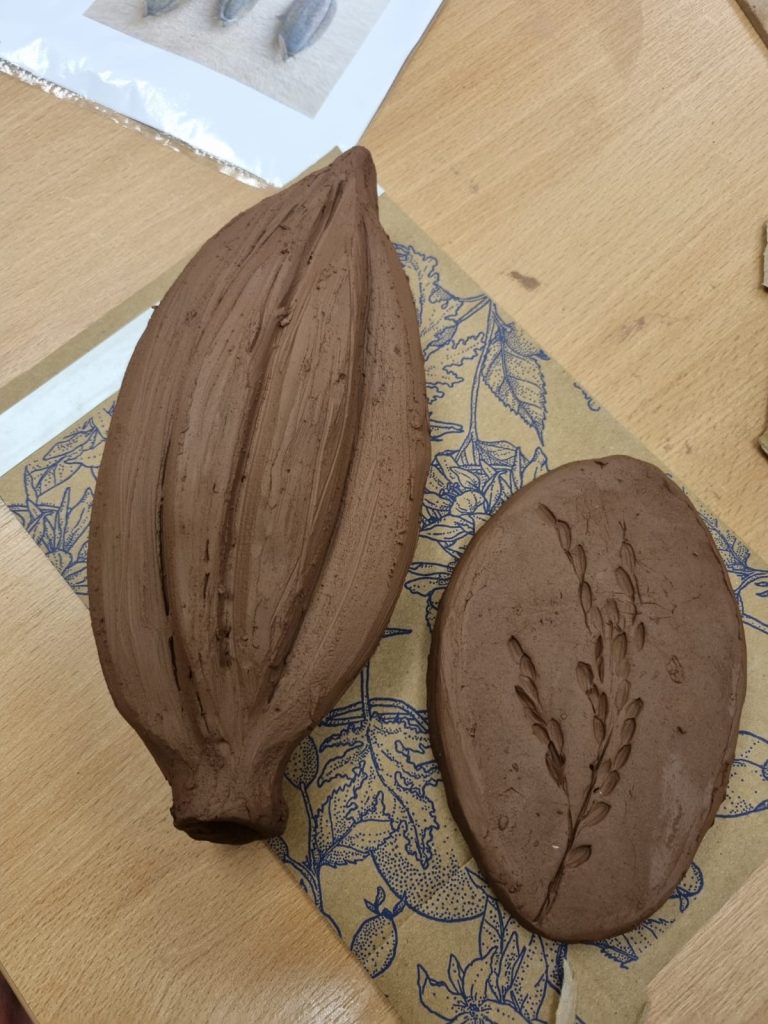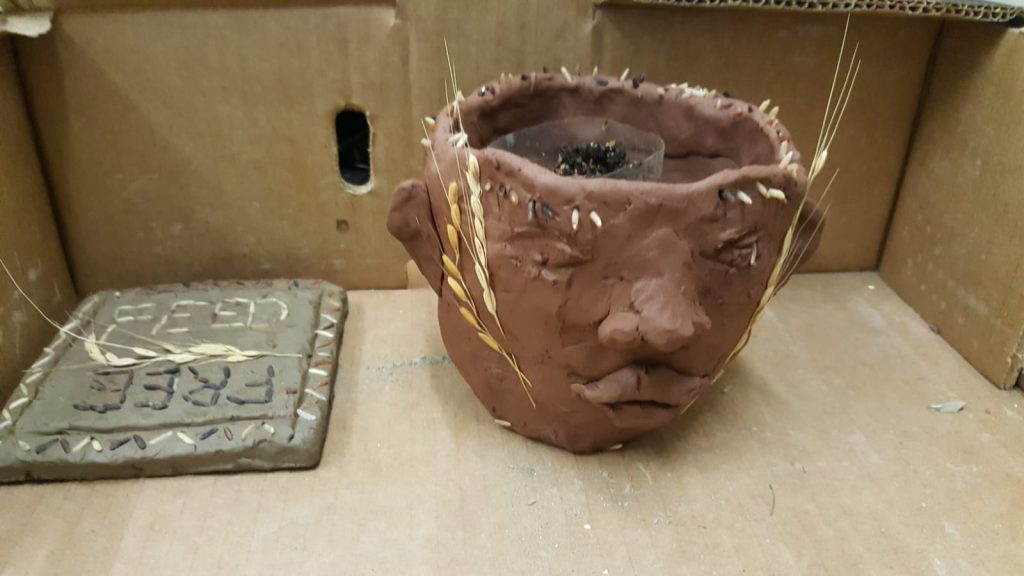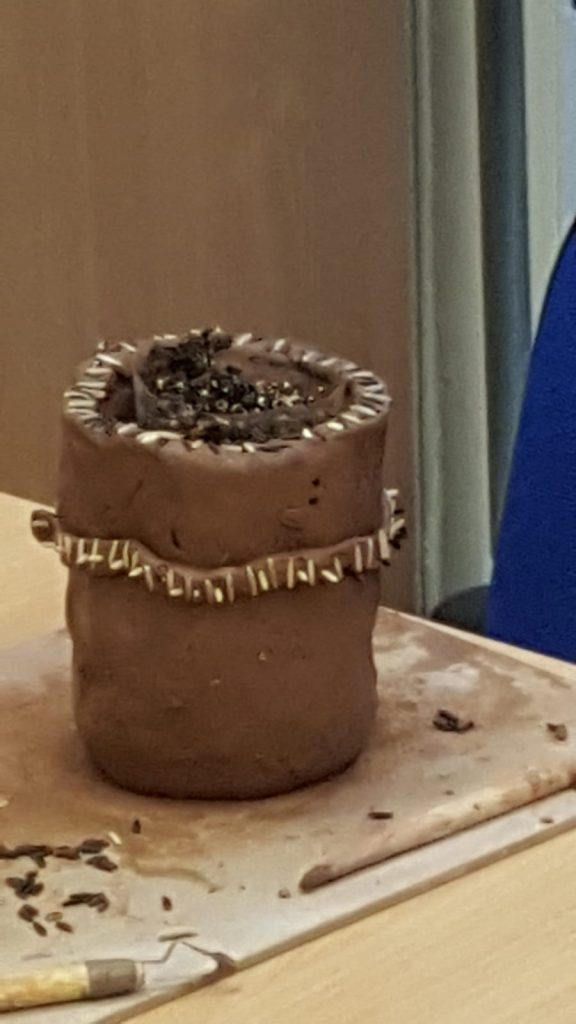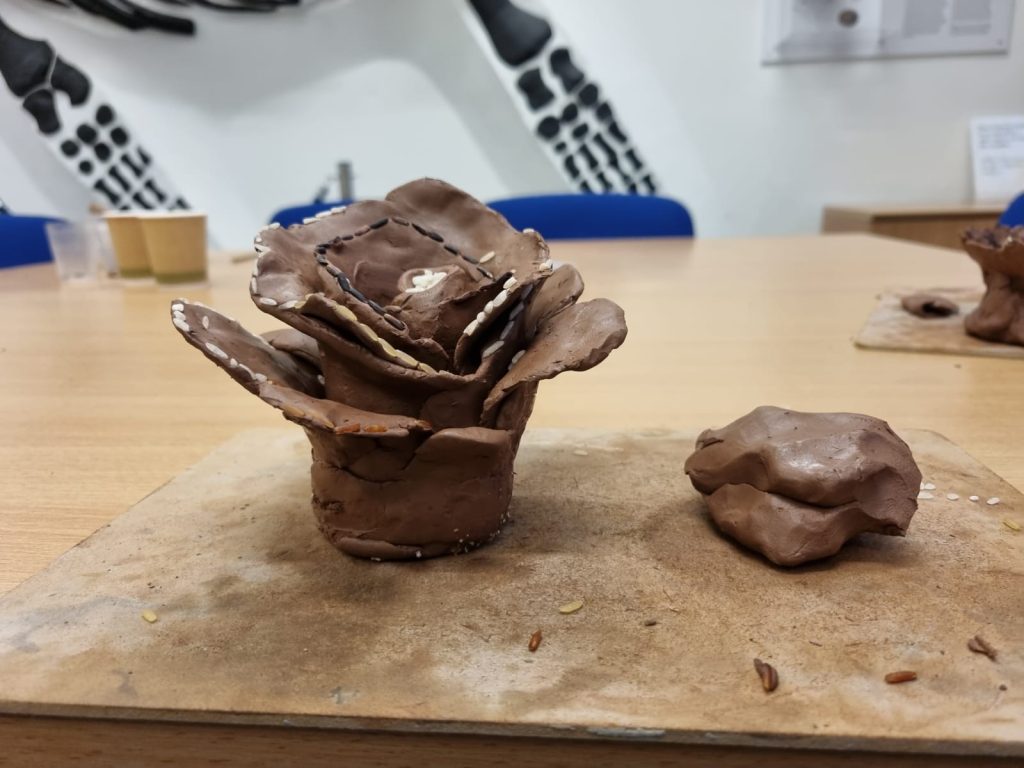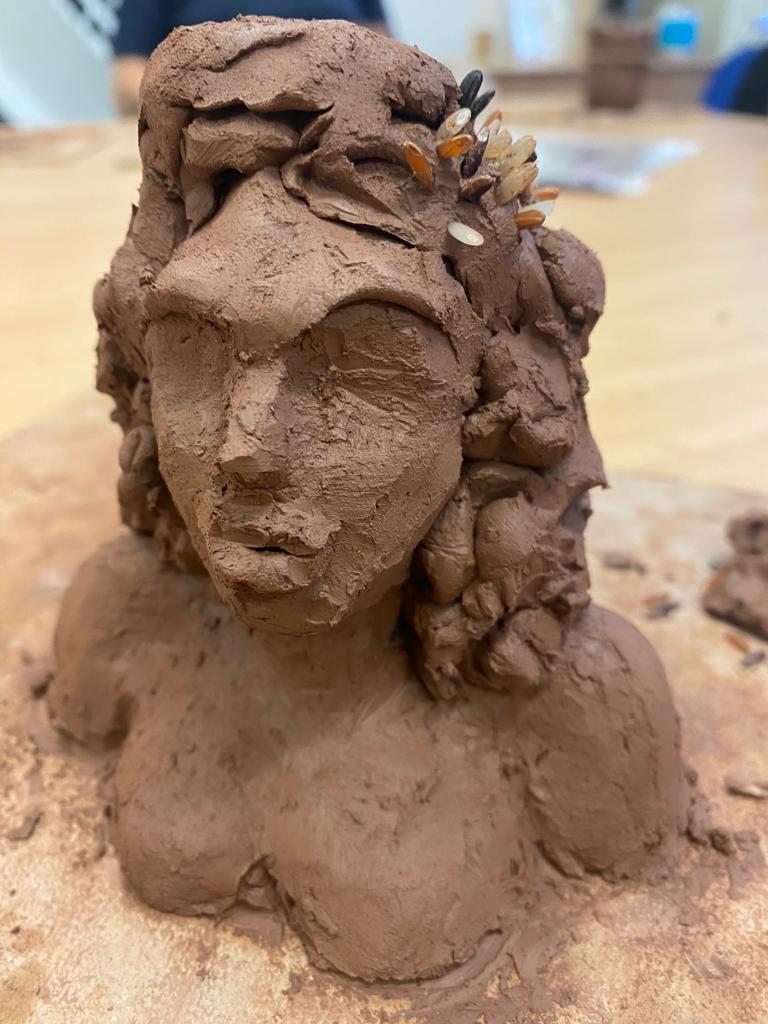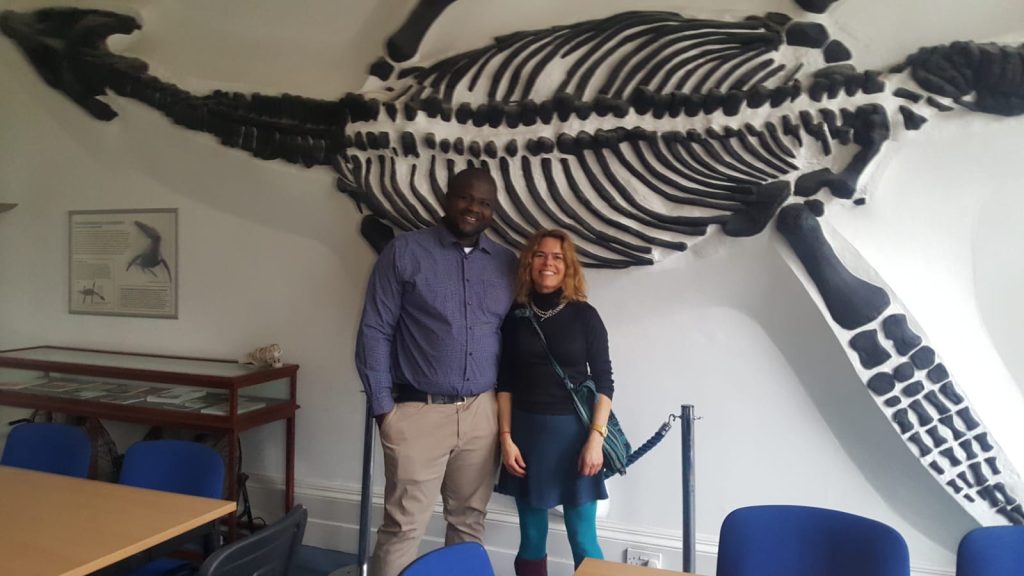
On Saturday 11th february, Botanical Encounters welcomed its first overseas speaker, Nicholaas Pinas who researches Maroon rice growing in Suriname and French Guiana at Naturalis Biodiversity center in Leiden, Netherlands. Nicholaas spoke how African rice varieties arrives to Suriname with the Dutch who started growing rice as bulk food for enslaved Africans in 1687.
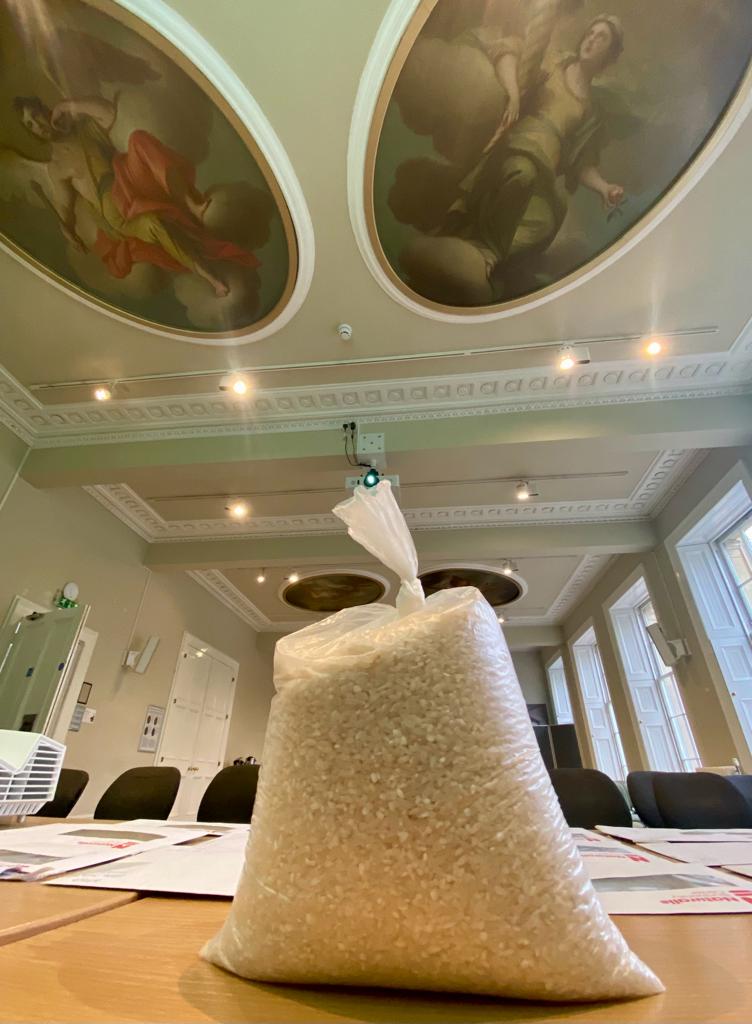
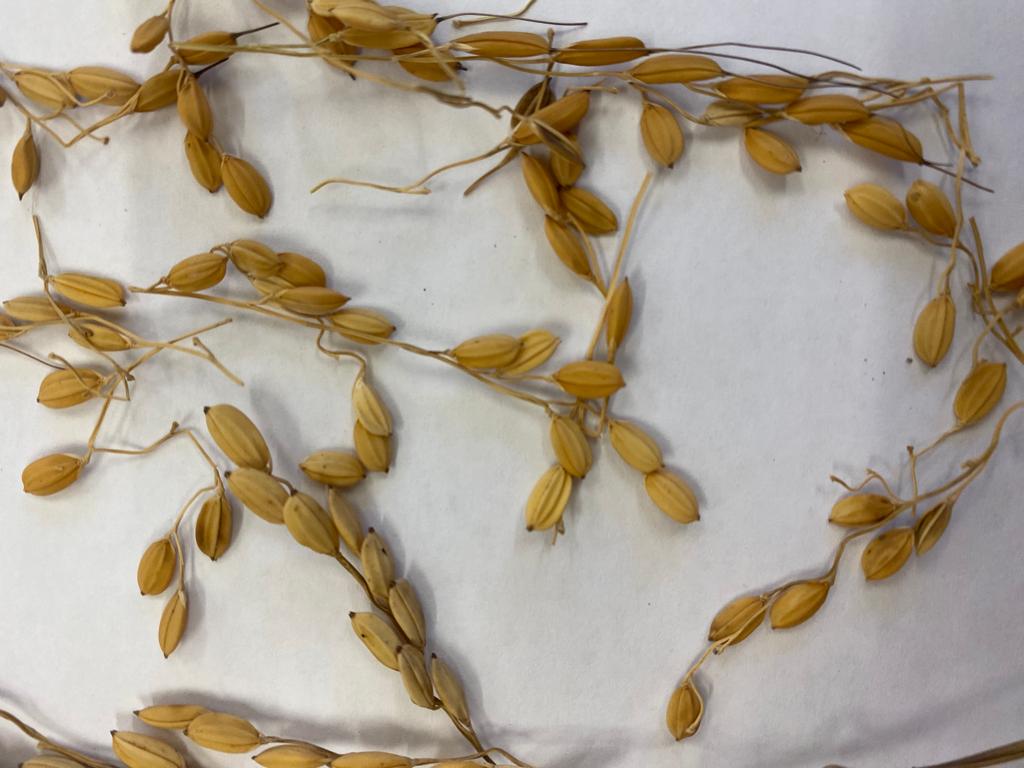
Nicholaas explained how runaways from the plantations managed to survive by taking rice with them and growing it in provision fields but also by encountering indigeneous populations and learning the farming of other crops from them.
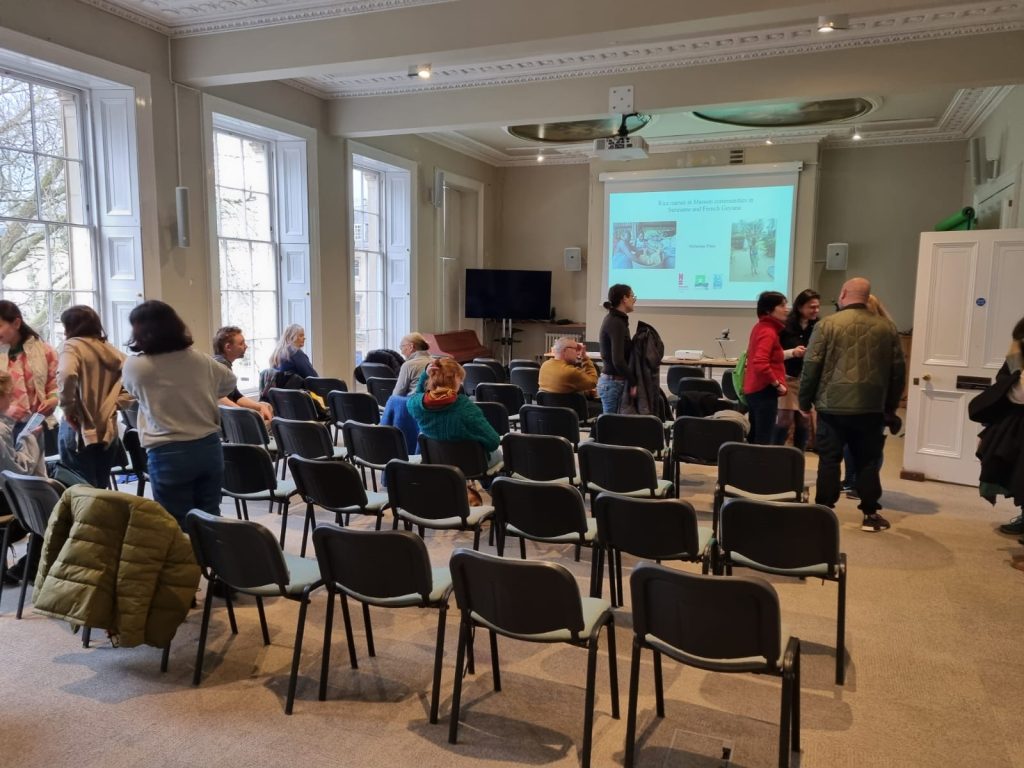
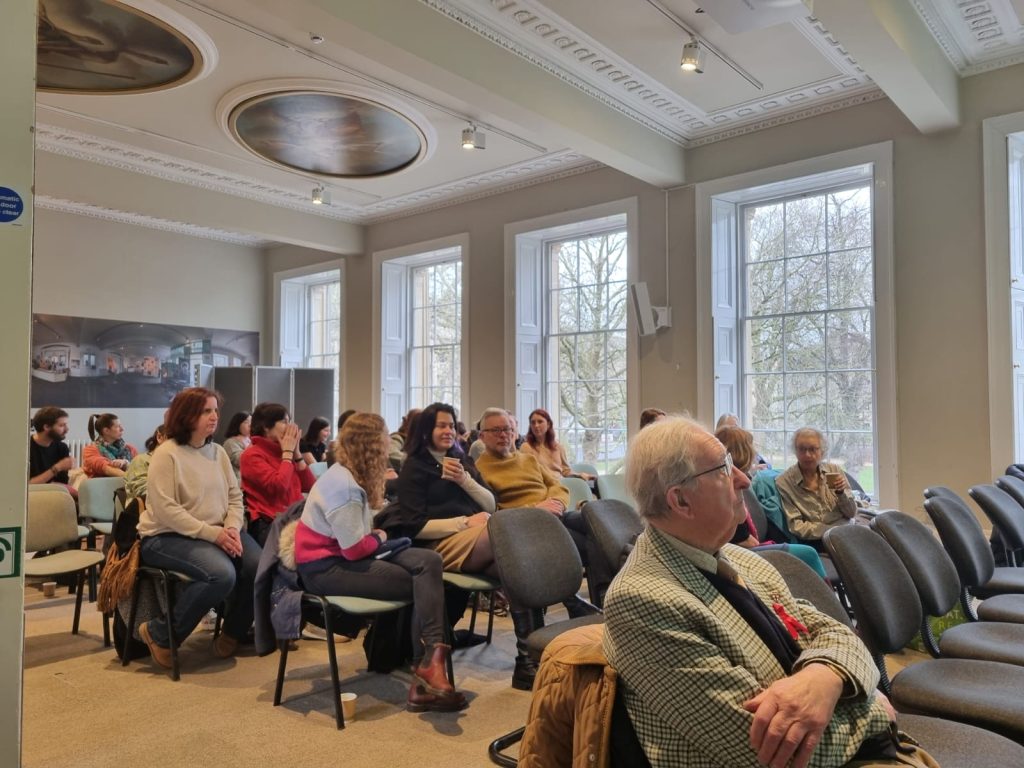
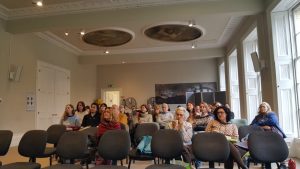
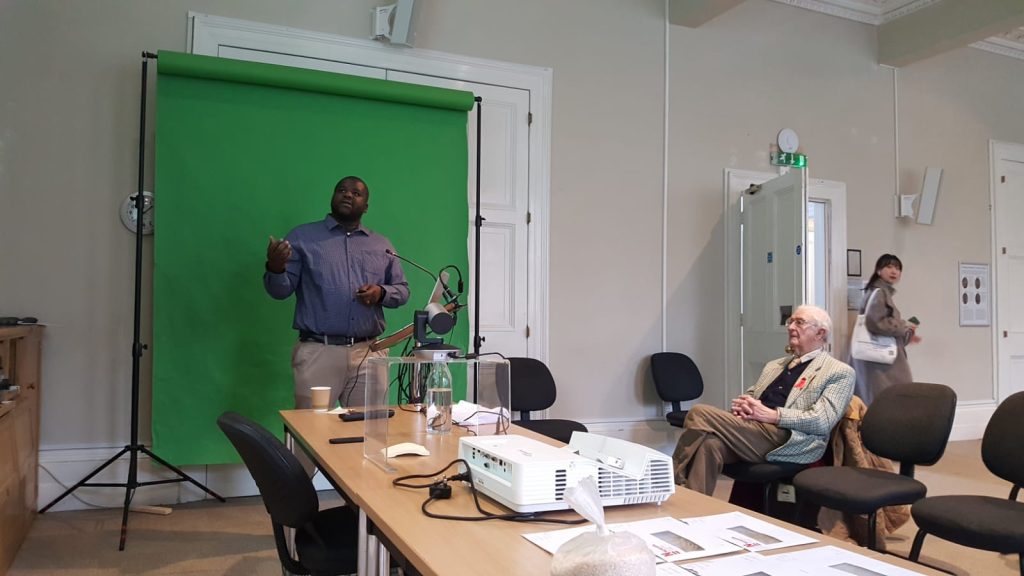
The important role women played in this process has been commemorated by naming 23,2% of all rice varieties after women, including specific historic figures who took rice with them when running away and thus helped feed their communities. Nicholaas also shed light on how in traditional African farming systems, women were traditionally in charge of the planting and harvesting, while men open and burn the field. Hi formulated the hypothesis that some of the early Maroon women might have come from female-based rice growing communities in western Africa.
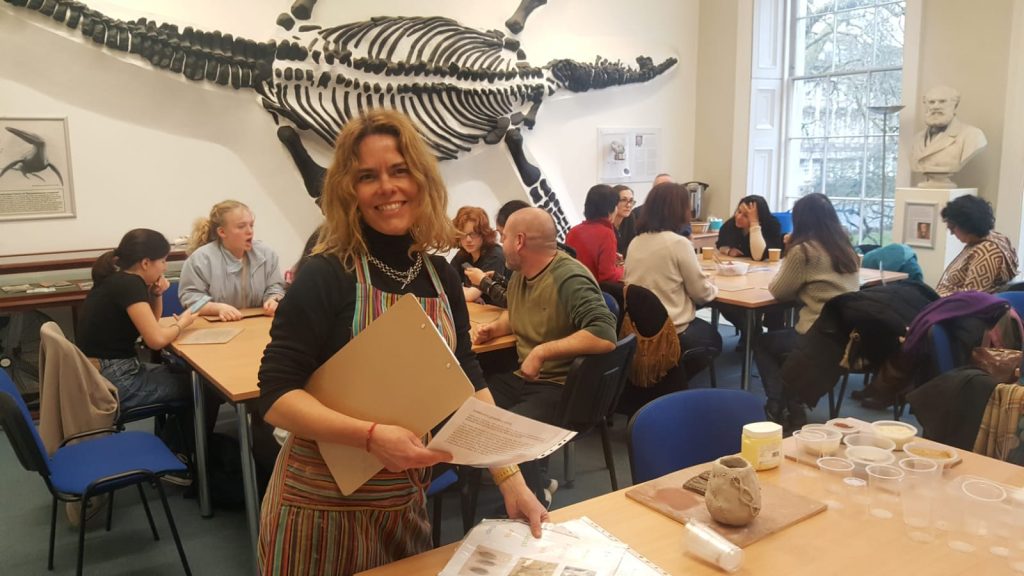
The talk, and the art workshop that followed, offered participants multiple opportunities to familiarise themselves with both Maroon and other rice varieties. They could observe and touch the samples Nicholaas brought with him from Suriname but they also put their hands into the earth by kneading and shaping clay during the workshop designed by art educator Lucia Harley. Lucia took inspiration from the work of artist Adebunmi Gbadebo, who uses culturally imbued materials to investigate the complexities between land and memory in the American South.
https://adebunmi.carbonmade.com/about
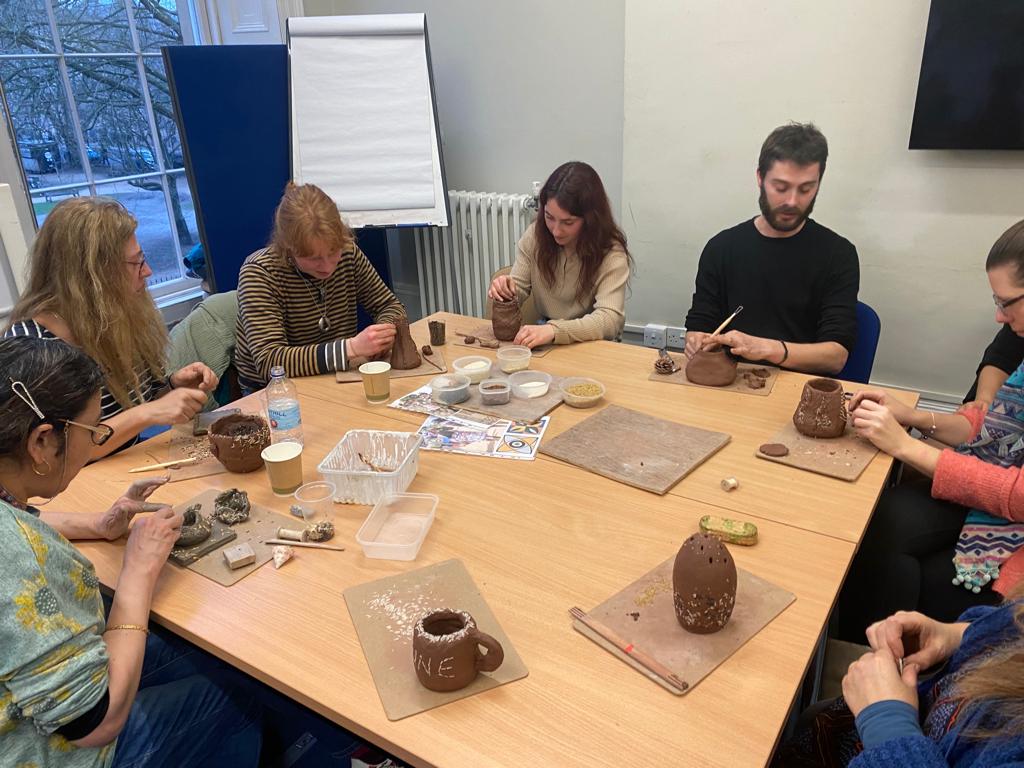
Lucia brought clay, different rice varieties available in the UK, and various objects to sculpt and carve the clay. She demonstrated how two balls of clay could be turned into a pot in which a plant can be grown and how this artefact could be decorated with rice. After this introduction, participants experimented with the material, creating sculptures, useful and decorative objects some of which expressed connections with the women who carried the rice in their hair. The materiality of the clay pottery allowed them to reflect in creative ways about the agency of enslaved people, the preservation of biodiversity and other themes evoked by the workshop. Most of them took their sculptures with them as a reminder of this unique experience.
